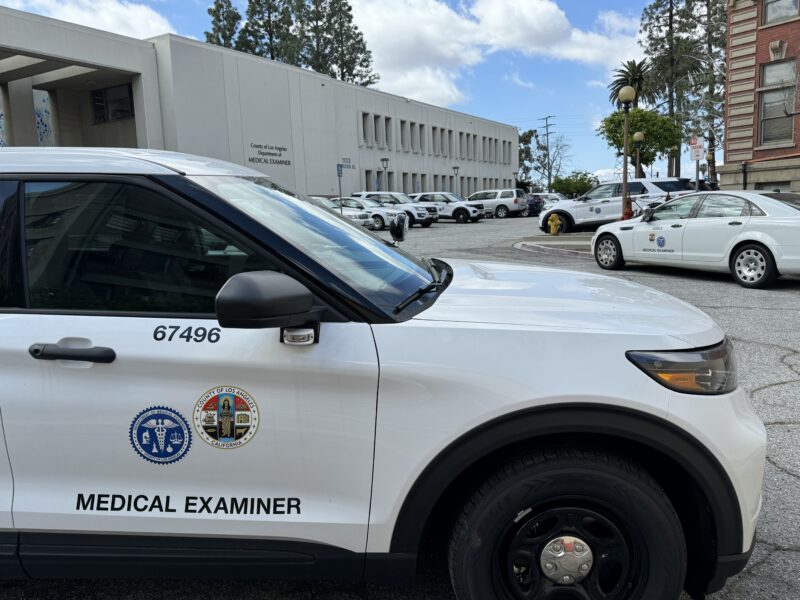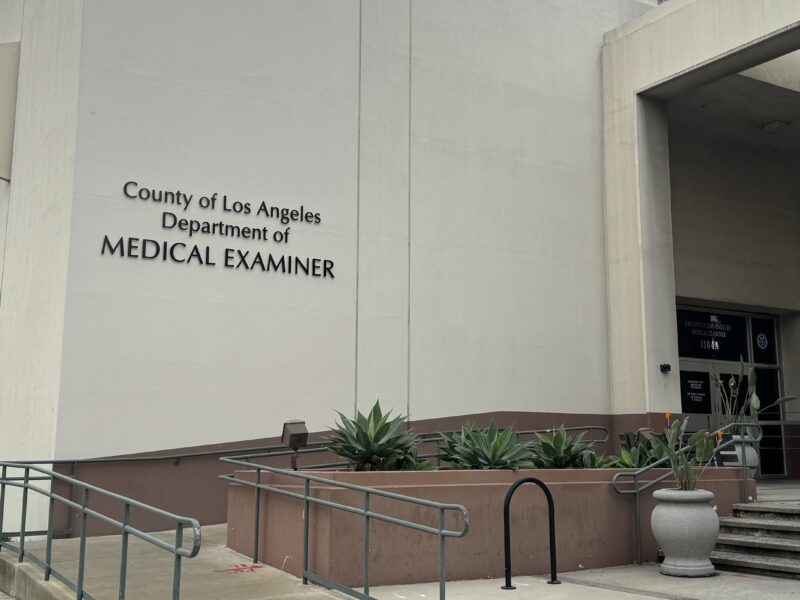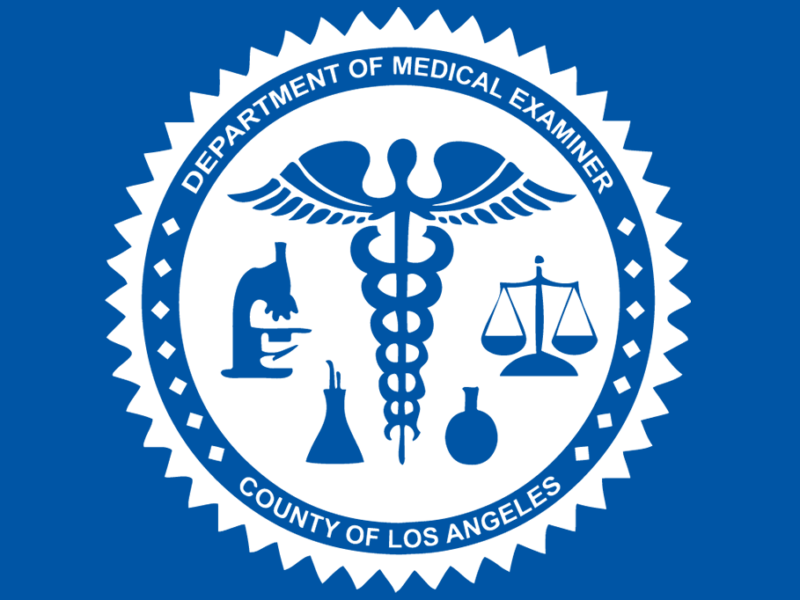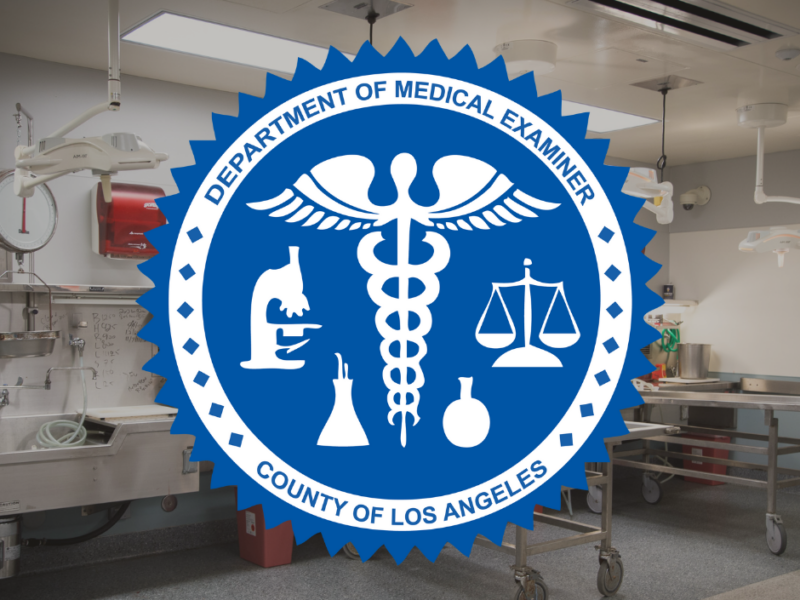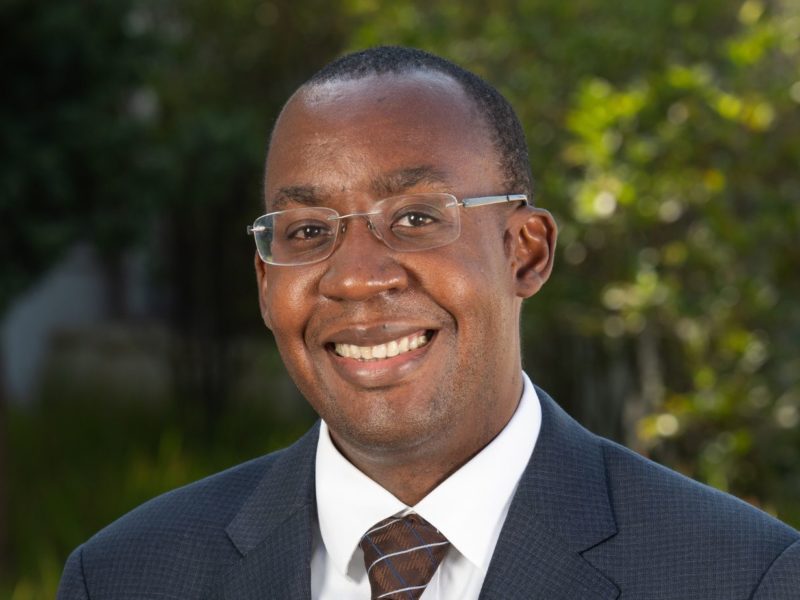Transportation, Storage Fees Waived as Part of a Pilot Program at the Department of Medical Examiner
Transportation, Storage Fees Waived as Part of a Pilot Program at the Department of Medical Examiner https://me.lacounty.gov/wp-content/uploads/2024/03/IMG_4589-1024x768.jpg 1024 768 Medical Examiner //me.lacounty.gov/wp-content/uploads/2023/06/Option4.pngMarch 21, 2024 – The County of Los Angeles Department of Medical Examiner (DME) is waiving the $400 transportation…


